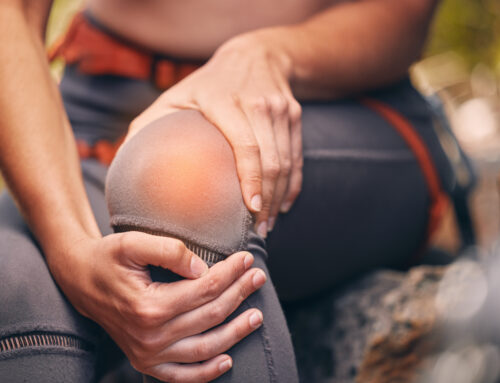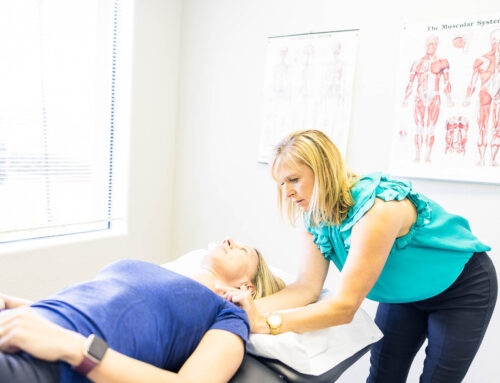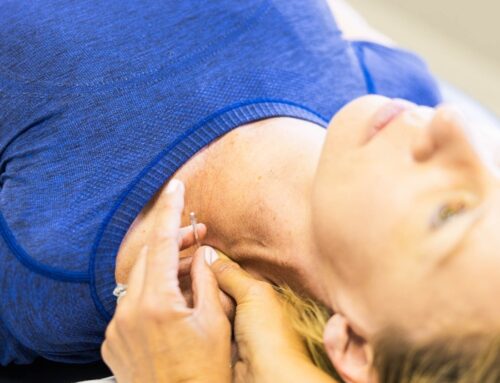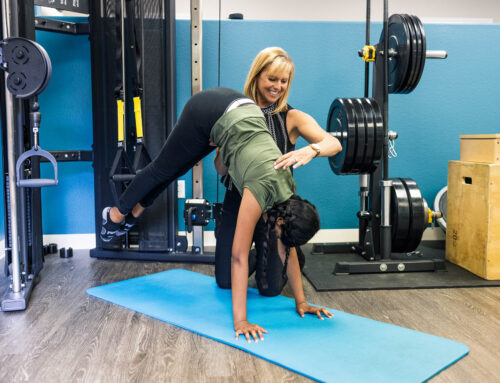Why our Feet are so Important to Increase Strength, Mobility and Balance
We take our feet for granted, but the truth is they are SO important. They support us in everything we do, literally. And your foot behaves differently in the air than when it is on the ground. Everything changes when your foot hits the ground – the arch, the muscles, the balance, the kinetic chain – they are all affected by the foot connecting with the ground.
Sometimes this connection can cause pain because our arch disappears, or the foot muscles are weak, or the big toe is not aligned. Oftentimes pain in other places in the body, such as hip pain, knee pain, back pain, and even neck pain, can be a result of an imbalance when your foot hits the ground.
The Muscles of Your Feet
Our ancestors lived in a world where they could walk around barefoot and navigate uneven surfaces of all different textures. This allowed them to build foot muscles as well as mobility, flexibility, and dexterity. Today, that is just not a part of the modern day shoe-wearing, hard-surface, concrete-jungle 21st century living most of us are used to.
The bottom of our feet are composed of four layers of muscle, but because we wear shoes and walk around on mostly hard, flat surfaces all day, those muscles do not have an opportunity to develop. This leads to fallen arches, or flat-foot because your foot will conform to the surface it walks on. If you are in narrow shoes on hard surfaces, your arch will not develop. Even taking some time every day to walk on soft surfaces barefoot can help build the muscles in the feet. Walk on the grass in your backyard or a sand box, marching on a couch or the bed without shoes on for 10 minutes a day to get started.
Exercises to do without Shoes
There are also exercises we can do and situations we can put our feet in to wake up these muscles and get our feet stronger and more in-line with how they were designed to support our bodies.
Yoga
Yoga is almost always practiced without shoes because going barefoot allows you to use the full power of your foot. You are using the small and big muscles in your feet to make micro adjustments for balance and strength. Yoga is a fantastic way to give your feet a break from shoes, reconnect with the earth or ground beneath you, build strength in those overlooked muscles on the bottom of your feet, and practice balance.
Pilates
Pilates requires complete movement of your ankles and feet without any restriction from shoes and is a great exercise methodology to build strength in your feet. In Pilates there is a lot of active engagement of the feet through pointing and flexing. Proper foot alignment is also crucial for many of the movements and being barefoot ensures these alignments are more obvious so that you do not do them improperly, which can lead to posture abnormalities.
Weightlifting
Stay with me here! This one may seem like a weird one, but weightlifting without shoes can be an excellent way to ground yourself and wake up those foot muscles rather than relying on shoes for all the stability. There are a few things to keep in mind: If you are working out at a communal gym, make sure you are standing on a towel or something that is a barrier between your bare feet and the floor. Also, keep a safe distance between the weights and your bare feet.
If this is too much of a stretch for you, you can use a minimalist shoe that has a wider toe box. These are designed to allow your toes to splay out and encourages those muscles at the base of the foot to start working to support that heavier weight as your lift. Not building these muscles in the feet can lead to toe pain, ankle sprains, knee pain, and so on.
Foot Exercises to Build Muscles in Your Feet
Short Foot
This is an important exercise for runners. Many people have a pronated position of the foot where the inside of the foot goes down, and this can mess with your knee hip and back. To do the “short foot” exercise, think about the knuckle of the big toe being on the ground as you use your muscles to lift that arch and hold it.
Towel Scrunch
This foot exercise is good for plantar fasciitis, or if you have some stability issues, or are just getting out of a boot from an ankle sprain. All you need is a kitchen towel. Place your foot towards the back of the towel and then scrunch your toes and scoot the towel toward you using the muscles on the bottom of the foot. Stand or sit with your foot pointed straight out, 90% of your weight on your standing leg while your other foot/toes pull the towel toward you.
Toe Separation with Midfoot Mobility
We spend most of our day in a narrow shoe with a limiting toe box, so at the end of the day, you need to give your toes some separation and your foot some mobility. Separate your toes using your fingers and move your foot up and down, forwards and backwards to get some mobility in that mid foot that has been restricted by your shoes all day.
Foot Stability
We want good dexterity in our toes and most times our toes are stuck inside a narrow toe box so our feet can’t move. To combat that, we first want a stable foot to create a stable arch. Grab a quarter to put it under the ball of the foot at the base of your big toe so you know you are keeping weight on that part of your foot. From here you can lift and hold your arch, lift and lower your toes, and splay your toes, all to create more strength and stability in the foot.
Toe Alignment to Avoid Bunions
Most people’s toes turn inward due to narrow shoes and that can create bunions. This can be avoided by creating toe alignment and pulling our big toes away from our other toes. All you need is a thick rubber band (like the ones that come on broccoli) and place that around your two big toes and maintain that alignment as you do some heel raises.
Gastroc and Soleus Muscle Strengthening
Foot and ankle strengthening for hikers, walkers and runners is crucial to prevent injury, and this exercise helps strengthen the muscles that propel you forward. By using quarters, you will be sure to keep your foot in the proper position and move your body straight up and down make sure you are not just shifting your weight forward.
Foot Position with a Lunge
When doing exercises like lunges, we want to pay good attention to our foot position. Foot position affects the overall alignment of the body, so it is really important to keep our feet aligned as we build strength. Maintain an arch and pressure with your big toe on the band to wake up those deep foot muscles





